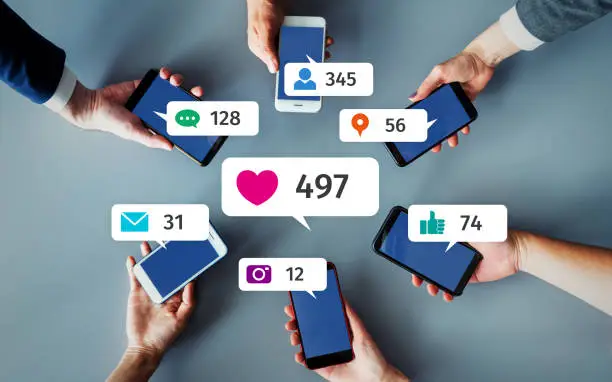Informal Learning Activities that Promote Transformative Learning

In this article, Mezirow’s transformative learning theory is explained in detail, along with examples of how the theory might be used in informal, self-directed learning situations at work.
Read: Workplace Transformative Learning
Theory of Transformative Learning and examples of how to use it in the Workplace
Meaningful learning can occur through a constructivist process offered by transformational learning. Mezirow’s thesis supports important ways that students consciously make sense of their lives and go beyond simply instructional acquisition. The move from mindless acceptance of information to conscious and reflective learning experiences is the starting point of this learner-centric philosophy. This will lead to a shift in widely held attitudes and worldviews.
Instrumental and communicative learning are the two fundamental categories that make up transformational learning. Real-world, task-oriented problem-solving is the main focus of instrumental learning, which includes scenarios and on-the-job training.
The techniques people employ to express their thoughts, feelings, ideas, and worldviews are referred to as communicative learning. Together, the two fundamental forms of education aid people in understanding their surroundings.
Meaning structures, or a person’s preconceived viewpoints and ideas, are another important component of the transformational learning paradigm. Three categories of codes—sociolinguistic, psychological, and epistemic—are used to categorize meaning systems.
“The constellation of concept, belief, judgment, and sentiments which shape a particular interpretation” is referred to as a meaning scheme (Mezirow 2006).
For an organization’s personnel to change, meaning structures must be challenged. When people are able to think critically, work together, and solve problems, they can challenge meaning frameworks.
The Following 7 Informal Learning Activities Will Boost Transformative Learning
Transformative learning results through perspective adjustments. Creating opportunities for individuals to explore, collaborate, and self-reflect will help instructional designers make long-lasting changes to an organization’s learning culture.
In any workplace, the following 7 informal learning opportunities will spark transformative learning.
Webinars And Sessions For Informal Expert Learning
The organization’s LMS or social media can broadcast speeches made by top experts from various departments on a variety of themes connected to the organization. Viewers who are interested in learning the opinions of professionals in their industry can view segments on demand.
By challenging systematic epistemology, learning specialists enable transformational learning in people. It will improve communicative learning experiences to let users ask inquiries in a learning chat forum.
Groups for Social Learning
A paradigm change in viewpoints may result from the design of learning systems that integrate social media threads (such as Twitter, LinkedIn, and LMSs like Cornerstone On Demand) into the learning experiences. This might occur as a result of people being motivated by other students.
A self-directed learning method will be facilitated by developing groups that staff members can join to learn more about issues they would like to develop. To promote knowledge acquisition, idea sharing, problem-solving, contemplation, and innovation for the business or organization, social forums can be facilitated or semi-formal.
In order to support communicative learning and assist students to express their viewpoints and knowledge, social collaboration is essential. When people may freely talk and investigate their interests, communities frequently undergo transformation.
Gamified Learning Solutions Based on Scenarios
Learners have a safe environment to engage in critical thinking and problem-solving in scenario-based learning opportunities. Make learning enjoyable by giving people learning scenarios-based missions to convert preexisting conceptual frameworks into newly learned abilities and knowledge.
Learner-Centered Pathways
To assist people in achieving their educational objectives and transforming the learning process, instructional designers can also create learning routes. The objectives of the learning route should be clearly understood by the instructional designer, and supporting activities should be chosen (video content, articles, webinars, or any other useful resources).
By working with social groups or utilizing other information sources, learners can also add to it. To make sure that self-directed learners can achieve the desired outcome, instructional designers can provide brief knowledge markers. Once the learning route has been created, a badge or certificate of completion may be given.
Program for coaching and mentoring at work
A new inductee will learn the position through problem-solving, experience, and social reflection if they are carefully matched with an experienced inductee based on their personalities, beliefs, motivations, and viewpoints. Meetings between mentors and mentees should be arranged so that everyone can address the problem and share experiences. One important aspect of promoting instrumental learning is reflection.
Creating a Microlearning Plan for Self-Study
Learners can select the learning that is most pertinent to shifting perceptions and beliefs by creating Reusable Learning Objects (RLOs) for popular subjects that solve organizational knowledge and skill shortages.






